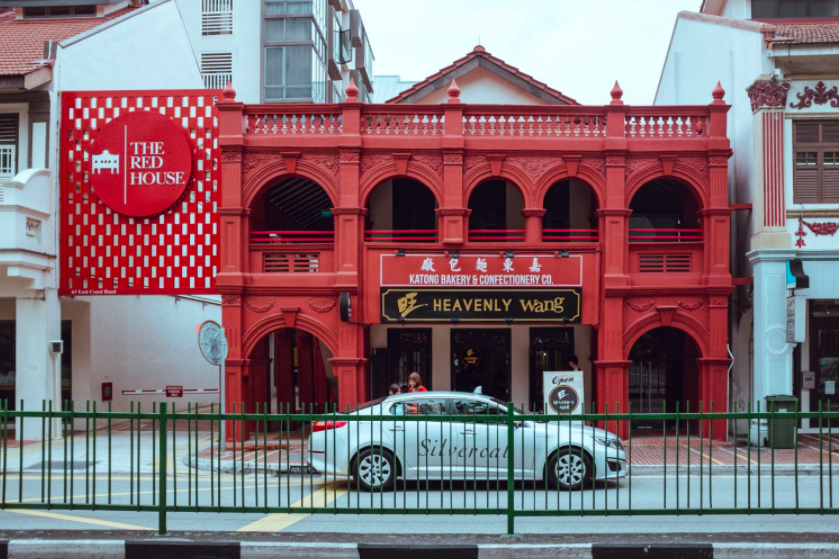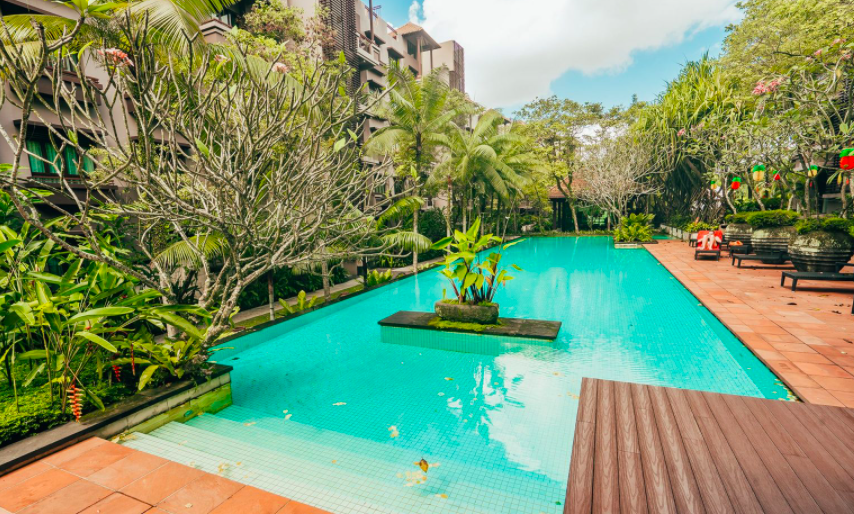Big condo vs small condo: Which should I pick?

Now that you have a better idea of what you want between a new launch vs resale condo , it’s time for the next fork in the road: do you want a big or small condo development?
Seasoned property investors care quite a bit about the total number of units. And while you’re a home buyer, you should still take a page out of their book.
The size of the development doesn’t just affect issues like capital appreciation and rent; it can also have an actual impact on the lifestyle issues of homeowners. Here’s a look at how the number of units matter:
Size as defined by number of units:
There are no fixed definitions on the number of units, but as a loose rule:
The key factors are:

As a loose rule of thumb, smaller developments will have higher maintenance fees. This is for two reasons:
First, boutique developments are meant to be exclusive; this usually means they include expensive features such as concierge services, or private lifts.
This results in higher maintenance costs. For example, Sculptura Ardmore, which has only 35 units, has maintenance costs of about $2,889 per month.
We have a list of condos with the highest maintenance fees , and you’ll notice they all tend to be small or boutique developments.
Second, fewer units mean fewer owners sharing the overall cost of condo maintenance.
Note that there are exceptions to this, in the form of integrated developments. For example, Midtown Bay has office and retail components, which are expected to bear the bulk of its maintenance costs.
(But one could argue that if you look at the whole development of Guoco Midtown, you have to also include the retail and office space; so it’s not really a “small” development).
In general, larger developments are meant to be more “mass market”, while smaller developments need to make up their costs with much fewer buyers.
For example, Treasure@Tampines, the largest condo development in Singapore at over 2,200 units, goes for around $1,240 psf. For Parkwood Residences, one of the smallest, the price is around $1,490 psf. Granted, you can’t really compare directly because of the different locations – but again, this is really just a general guideline.
[[nid:421541]]
That said, comparing on a per-square-foot basis could be irrelevant in some cases so bear in mind that things are different when it comes to the overall quantum.
As an aside, smaller or boutique developments are sometimes squeezed into very mature and built up areas, such as near Orchard or the CBD (there’s not much room for full sized developments in those places). These developments tend to be sold at a premium, due to their prime location.
In theory (which means it doesn’t always play out), smaller developments present lower supply and less competition to landlords. Simply put, in a big development, there’s more potential that a tenant can find a cheaper alternative to yours.
One of the worst nightmares of landlords is a price war erupting within the same development. If the tenant finds out a unit in the next block is cheaper, then there are few barriers to moving (it’s even easier than having to move to another neighbourhood).
This doesn’t always happen however, as landlords are not always eager to lower their price just because a neighbour is asking for less. If that mentality prevails, rental income can be solid even in larger developments.
That said, a small development doesn’t guarantee that you are sure to enjoy less competition either. In denser private areas like Novena or River Valley, you could find competition to be fierce given the wide spread of condos around.
The worry is more or less similar to the one regarding rental. In mega projects, in particular, there’s a high chance that whenever you want to sell, someone else in the same development is also making the attempt.
The competition among sellers could apply some downward pressure to resale prices.
On the other hand, constant transactions can be seen as advantageous too as it could result in incremental gains as each unit is sold at a slight premium to the last.
[[nid:501606]]
Conversely, note that there are problems in small or boutique developments too. Smaller developments usually have a lower volume of transactions; there may not have been a unit sold in five or 10 years at the time you want to transact.
This can make it hard to fix a clear value on the property as past transactions have a big role to play in bank valuations.
Mid-sized developments often have an advantage in this regard: they have a healthy number of transactions to support your asking price, but not so many that you’re perpetually in competition with other sellers.
Smaller developments are typically on smaller land plots. There are limits to how many facilities a developer can include. You may be missing out on a tennis court or another pool, for instance.

A typical example of this would be The Red House at Katong, which has just 42 units. The location is fantastic, but facilities are (1) pool (2) gym. That’s it, there really isn’t room for more.
Conversely, big developments and mega-projects (such as Parc Clematis’ 633,400+ sq.ft.) often means multiple pools, large numbers of BBQ pits, extensive gyms, sometimes even shops, supermarkets, and childcare.
Note that once again, an exception to this are integrated developments. An integrated development can have a small number of residential units, but place them directly above a mall.
Small and boutique developments are meant to be more exclusive, but this varies greatly based on the layout.
Other than the obvious reasons that more people equals more noise, it boils down to mainly the type of clientele that a small or big condo will attract.
You’ll find that bigger developments tend to attract families with young children, due to the availability of more varied facilities as well as bigger grounds.
Boutique developments are more for singles or couples that value more privacy because of the smaller number of units. But again, there are exceptions to the rule here.

There are small developments that have squeezed gyms, for example, or BBQ pits and pools that are always packed to the brim.
Conversely, large developments with more land space can better separate the blocks; and larger facilities can mean less crowding despite the number of residents. Some examples include older developments like Bullion Park and Pine Grove.
For a more individualised look, check out our in-depth reviews on Stacked Homes.
You can probably guess that getting 100 people to agree on a collective sale is easier than getting, say, 600 of them to do so.
You’re probably right, although there are still no guarantees – remember that if there are fewer owners, then each stubborn owner is a big much bigger obstacle; it’s harder to overpower them with votes.
Regardless, that’s not the main reason smaller developments are easier to sell en-bloc.
[[nid:471886]]
Developers in Singapore are subject to Additional Buyers Stamp Duty (ABSD) of 30 per cent of the land price. If they can complete and sell every unit within five years, they can get remission of 25 per cent.
This is regardless of the development’s size. So whether it’s a condo with 35 units or 1,000 units, the developer still has the same five-year time limit. As such, many developers are hesitant to buy very large condo developments (unless it’s a property boom, and they’re confident they can finish and sell all the units).
After you’ve shortlisted condos based on the more important considerations (location and affordability always come first), then you can start deciding between development sizes.
For most new home buyers and investors, it’s hard to go wrong with mid-sized to big developments. These are often reasonably priced, without the more extreme qualities that you might find in boutique or mega projects.
Genuine home buyers can get a lot out of mega-projects too. The potential rental and resale drawbacks typically matter more to investors; home buyers may find only advantages in the more extensive facilities, and generally lower costs.
Boutique or small developments are good for home buyers with higher budgets, who are looking for exclusivity or a prime district home.
Ultimately, just remember that what is written here is based on a general trend of how condos are usually segregated in Singapore - there are always exceptions to the rule.
This article was first published in Stackedhomes.